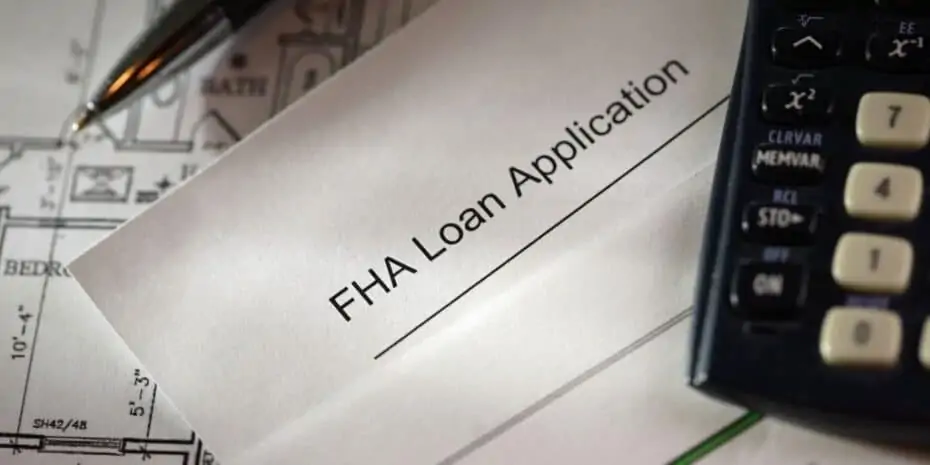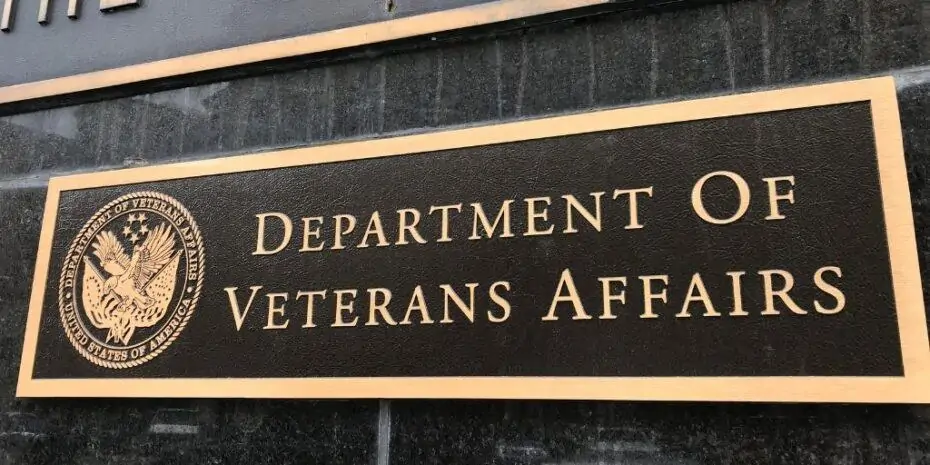What Is a Mortgage Insurance Premium (MIP)?
REtipster does not provide tax, investment, or financial advice. Always seek the help of a licensed financial professional before taking action.
How Mortgage Insurance Premiums Work
When a home buyer makes a substantial down payment, it benefits both the buyer and the lender. For the buyer, they will pay less interest over the term of their loan because of the amount they put toward the property at closing, which results in a lower loan balance[1]. For the lender, a sizable down payment amount means they will have less exposure with a lower loan-to-value (LTV), and they can repossess the property if the buyer defaults on their mortgage.
For example, if the buyer purchases a $200,000 home with a 20% down payment, the buyer will put down $40,000. If they default on their loan at any point after making this down payment, they will lose this money.
On the other hand, if the buyer is able to make a smaller down payment of 5% for the same house—amounting to $10,000—the lender will have to extend a much bigger loan amount ($190,000, compared to the earlier example of $160,000) in order to cover the full $200,000 purchase price of the property.
If a lender approves a loan to a borrower who will make a smaller down payment, the lender will also require a mortgage insurance premium (MIP) from the borrower to protect themselves in the event of a borrower default. One of the loans covered by a MIP is an FHA loan. Since an FHA loan allows a borrower to make a much smaller down payment (as low as 3.5% of the price of the property and a credit score of 580)[2], this type of loan structure would be substantially riskier for lenders were it not for the involvement of FHA.
Depending on the type of mortgage, a buyer’s mortgage insurance premium may be added on top of the closing fees, built into the monthly payment, or both.
Mortgage Insurance Premium vs. Private Mortgage Insurance
A mortgage insurance premium and private mortgage insurance have at least one thing in common: they are both a type of mortgage insurance. Both types protect lenders when making loans to borrowers who may not otherwise qualify due to their high risk of default.
Although the basic concept between mortgage insurance premium (MIP) and private mortgage insurance (PMI) is the same, there are notable differences between them[3], as explained in this table.
| KEY DIFFERENCES BETWEEN MIPs and PMIs | ||
| MIPs | PMIs | |
| Coverage | Government-backed loans | Conventional loans |
| Upfront Payment | Required[4] | Not required |
| Cancellation | Often paid for the life of the loan, regardless of loan-to-value (LTV); can be canceled upon refinancing mortgage and meeting other requirements | Can be canceled after achieving a stated LTV and establishing a favorable payment history |
- MIP is the government-administered insurance program for the Federal Housing Administration. Since FHA loans typically offer down payment terms, MIP is required to prevent the risk of home buyers defaulting on their loans. The annual cost of this is a percentage of the money borrowed, which is typically between 0.5% and 1%.
- PMI, on the other hand, is an insurance policy applied to conventional mortgage loans or mortgages not backed by government programs. It often comes in various premium plans and offers payment options that can be customized according to the borrower’s needs. Generally, the amount a buyer pays is based on two factors: how much they put down and their credit score.
Who Has to Pay MIPs?
Not all home buyers have to pay for mortgage insurance premiums. Most loans are conventional, which means they do not require MIPs in order for a borrower to purchase a home. However, every FHA borrower is required to pay MIPs. There are two kinds of payments: an upfront premium and an annual premium.
When a buyer obtains an FHA loan, they have to pay a one-time upfront mortgage insurance premium (UFMIP), either at or soon after closing. On top of this, borrowers who put down less than 20% also have to pay annual premiums divided into 12 equal payments (formula below). These are a part of the loan’s monthly term—along with interest, principal, insurance, and taxes.
How to Calculate the MIP
All FHA borrowers have to pay 1.75% of the total loan amount in UFMIP[5] (with one exception; more on this below). It has to be paid at closing, but it can be financed when needed. This means the UFMIP will be incorporated in the loan amount, and the borrower need not bring the cash to the closing table.
However, those doing a streamlined refinance on an FHA loan that was endorsed prior to June 1, 2009, are exempted from this structure[6]. In their case, they will have to pay 0.01% of the loan amount in UFMIP and an annual MIP amounting to 0.55% of the loan.
As mentioned earlier, the annual payment for MIPs will be distributed evenly across monthly mortgage payments. For instance, if a home buyer borrows a 30-year FHA loan for $200,000 and the down payment is less than 5%, the annual premium will be 0.85% of the loan amount.
|
In this scenario, the borrower would have to make an upfront payment of $3,500, and the annual MIP rate would end up being $1,700 each year. This means that about $142 of the mortgage payment will be allocated for the annual premium each month.
Are There Ways to Avoid MIPs?
Borrowers do not have to pay the MIP in certain cases. While it is impossible to avoid MIP on FHA loans, a borrower can apply for a conventional loan to steer clear of this premium. Many homebuyers do this, particularly if they have enough cash to make a 20% down payment.
Another option is to ask for a piggyback mortgage, which is a substantial alternative if the borrower has a credit score high enough to establish a good paying reputation. Also known as an “80-10-10 mortgage”, a piggyback mortgage works this way: A borrower puts 10% down on a house, leaving them with 90% to pay back over the years. They then take out a mortgage for 80% and then another one for 10%. Since the first mortgage is only for 80%, the MIP is not required. Second mortgages also do not necessarily require a premium.
In this case, both mortgages are usually tax-deductible. Piggyback mortgages can be helpful, but they do have their share of risks, such as:
- Giving borrowers minimum equity in the house.
- Posing a challenge for paying two mortgages at the same time.
- Increasing the borrower’s debt-to-income ratio, which can drag down their credit score in the process.
How Long Does a Borrower Have to Pay MIP?
Contrary to popular belief, not all FHA borrowers have to pay MIP for the life of the loan. Borrowers can have MIP removed in two ways[7]:
- If they have made a down payment of 10% or more. With this, MIP can be canceled after 11 years of paying for the mortgage.
- If they received their loan before June 3, 2013. Borrowers that fall under this category may qualify for cancellation if they have reached 22% equity in their home.
If a borrower puts down less than 10% of their loan today, they will have to pay monthly premiums for the duration of their FHA loan[8]. The only way to end this is by paying the mortgage off in full. This is often done by refinancing with a conventional mortgage. When this option is taken, and the borrower keeps at least 20% equity in their home, then they will not be required to pay MIP.
Other Types of Loans
It is also worth having a clear understanding of the different types of loans, specifically where MIPs are needed. Aside from the FHA—where MIPs are mainly required—and conventional loans, here are other common mortgage types that borrowers may encounter:
U.S. Department of Agriculture (USDA) Loan
Generally, USDA loans function the same way as FHAs, only cheaper. With this, borrowers will have to pay for the insurance both at closing and as part of their monthly dues. They can also roll out the upfront payment into the mortgage rather than pay it out of pocket.
The caveat is both the loan amount and the mortgage cost will increase in the process. The borrower also needs to pay the annual premium of the PMI, lumped into the monthly payments, for the life of the loan[9].
Department of Veterans Affairs (VA) Loan
Instead of MIPs, VA loans make use of the VA guarantee. Intended to assist veterans, service members, and their families to purchase a home, this type of loan requires no monthly premium payments. However, the borrower will need to pay an upfront funding fee. It varies based on various factors, including the borrower’s military service type, down payment amount, disability status, and other relevant qualifications, ranging from 1.4% to 3.6% of the loan amount[10].
As with FHA and USDA, upfront fees for VA loans can be included in the mortgage itself, but doing so increases both the loan amount and the total costs.
Takeaways
A mortgage insurance premium, like a private mortgage insurance, is insurance for FHA-backed loans. Both MIP and PMI insure lenders against the risk of borrower default. While they add to the base expenses of the borrower, they help individuals purchase a home with a much lower down payment. Mortgage insurance comes in different types, with each differing in amount, payment schemes, timing, and other rules.
All FHA loans include a one-time upfront fee and an annual premium, spread equally across 12 months. Depending on the circumstances, borrowers can avoid paying MIP, either by opting for a conventional loan or by asking for other types of mortgage arrangements. While most FHA borrowers have to pay MIP for the life of the loan, some individuals may request for cancellation if deemed qualified based on several criteria.
Sources
- Lerner, M. (2018.) Do you need to put 20 percent down on a house? HSH. Retrieved from https://www.hsh.com/first-time-homebuyer/down-payment-size.html
- FHA.com. (n.d.) FHA Down Payments for Homebuyers. Retrieved from https://www.fha.com/fha-down-payment
- Freedom Mortgage. (n.d.) Mortgage insurance premium (MIP) vs private mortgage insurance (PMI). Retrieved from https://www.freedommortgage.com/insights/details/pmi-vs-mip
- U.S. Department of Housing and Urban Development. (n.d.) Appendix 1.0 – Mortgage Insurance Premiums. Retrieved from https://www.hud.gov/sites/documents/15-01MLATCH.PDF
- eLEND. (2015.) Understanding the FHA Upfront Mortgage Insurance Premium (UFMIP). Retrieved from https://www.elend.com/2015/07/23/understanding-fha-ufmip/
- Thorne, E. (2019.) FHA Streamline Refinance Rates For Loans Endorsed AFTER May 31, 2009. NC FHA Expert. Retrieved from https://ncfhaexpert.com/fha/fha-streamline-refinance-rates-for-loans-endorsed-after-may-31-2009/
- Lucas, T. (2019.) How to cancel FHA mortgage insurance premium (MIP) or conventional PMI mortgage insurance. The Mortgage Reports. Retrieved from https://themortgagereports.com/7570/fha-mip-cancel/
- Graham, K. (2021.) What Is Private Mortgage Insurance (PMI), And How Do I Avoid It? Quicken Loans. Retrieved from https://www.quickenloans.com/learn/pmi-insurance
- USDA Loans. (2019.) Do USDA Loans Have PMI? A Look at USDA Mortgage Insurance. Retrieved from https://www.usdaloans.com/articles/usda-loans-and-pmi/
- Birk, C. (2019.) A Closer Look at a Key VA Loan Benefit: Avoiding PMI. Veterans United Home Loans. Retrieved from https://www.veteransunited.com/valoans/a-closer-look-at-a-key-va-loan-benefit-avoiding-pmi/







